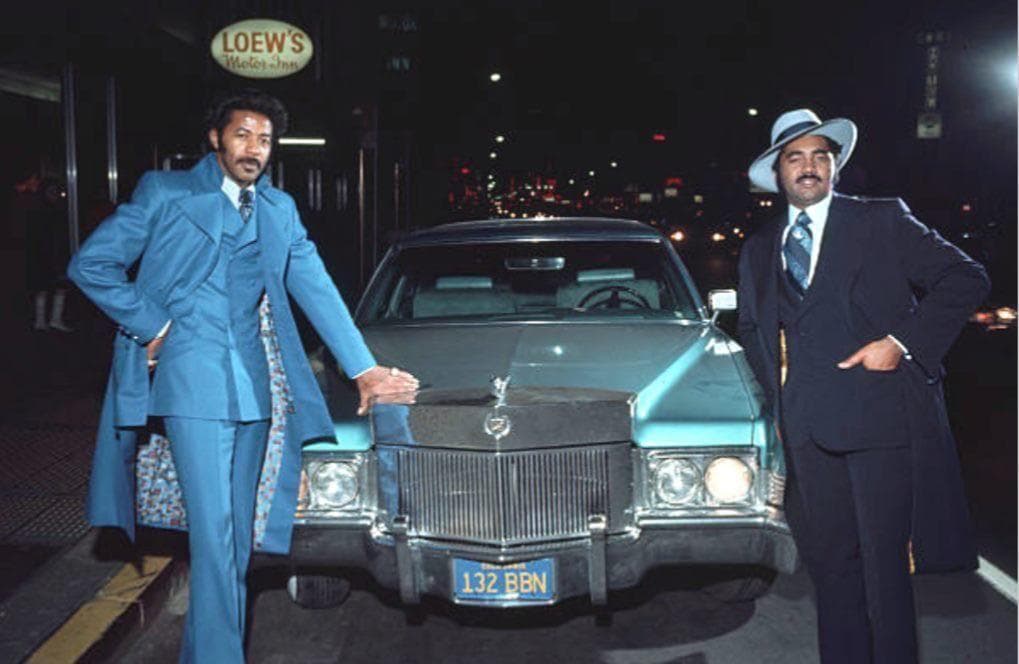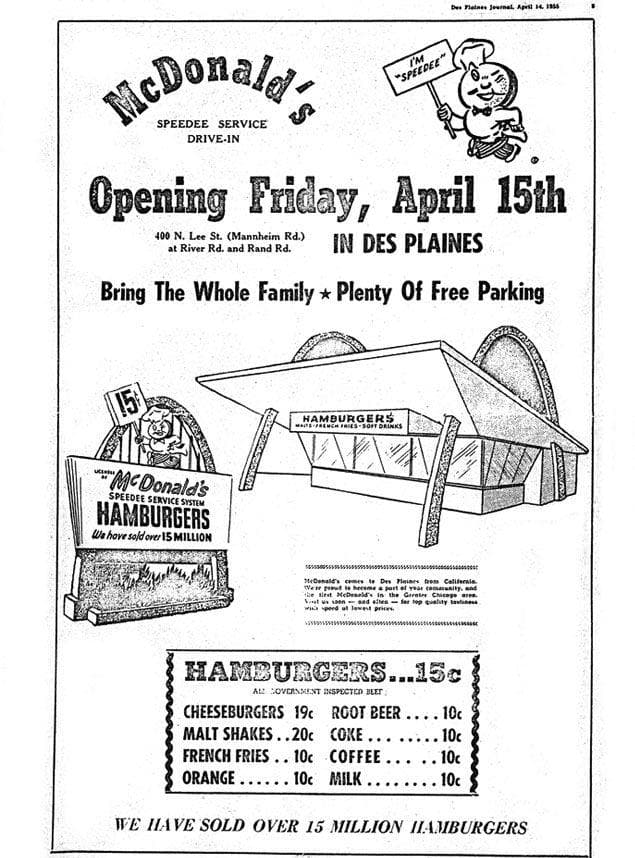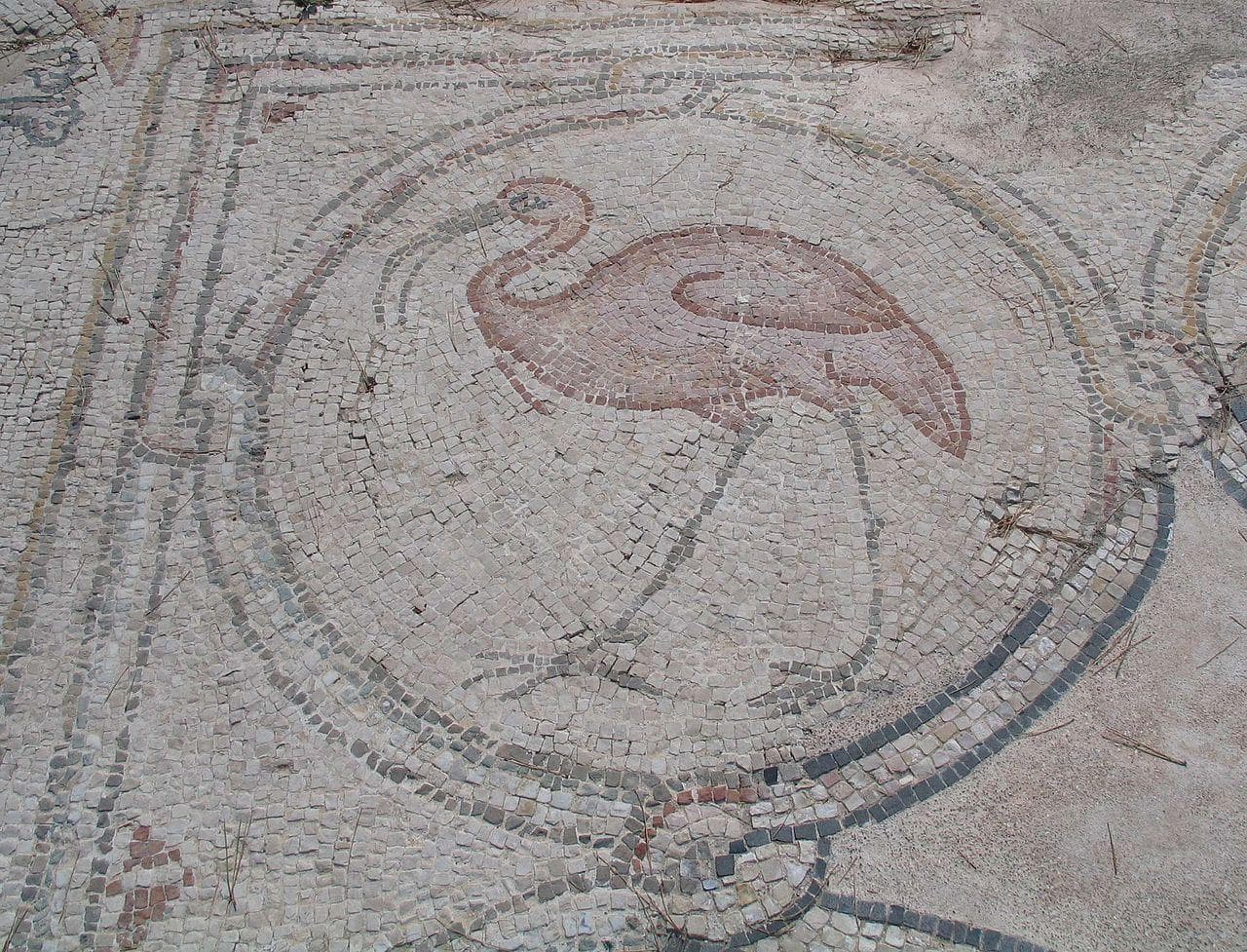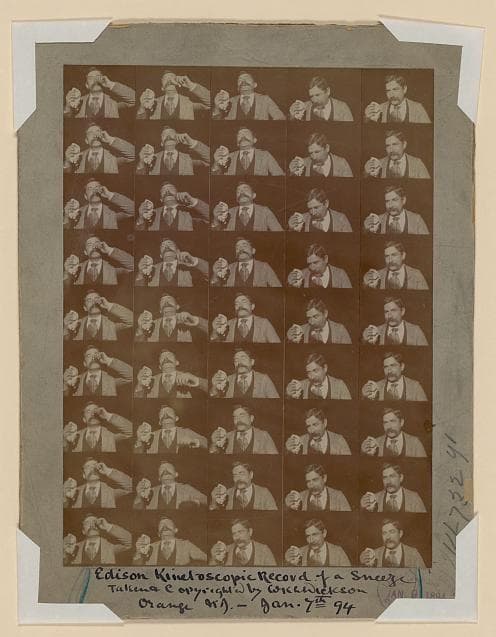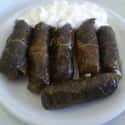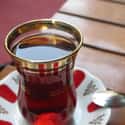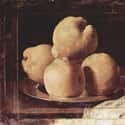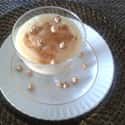-
(#8) Dolma And Sarma
The Ottomans loved stuffed dishes. An entire genre of Ottoman cooking focused on dolma (stuffed) and sarma (wrapped) foods. One 1539 meal featured stuffed slow-roasted goose and almond pilaf in a flatbread wrapper. When the Turks conquered Constantinople in 1453, Sultan Mehmet discovered his love of dolma, or vegetables stuffed with meat. At first, the dish only appeared on the Sultan's plate, but the trend quickly spread.
The Ottomans also learned to wrap vegetables, spices, and rice in grape leaves, which they called sarma after the wrapping process.
-
(#12) Sultan's Delight
Hünkar beğendi, also known as "sultan's delight," literally means "the ruler was pleased." The dish features stewed meat on top of an eggplant paste. An African cook reportedly presented the dish to the 32nd Ottoman sultan, Abdülaziz, in the mid-19th century. However, another source claims the dish was a specialty of "Catholic cooks," most likely French or Italian chefs who worked in the Ottoman palace.
Either way, the dish's name implies the sultan enjoyed his meal.
-
(#5) Tea
While the Ottomans loved coffee, tea has a shorter history in the country. The Ottomans learned about tea from China, naming it "cay" (pronounced "chai") after the Chinese word for tea. In the late 19th century, an Ottoman governor promoted tea's health benefits. Around the same time, the Ottomans tried to grow their own tea, which didn't catch on until after the fall of the Ottoman Empire.
Ottomans brewed tea in the Russian style, using a multilayered pot to boil water and create an intense, concentrated drink. Drinkers can dilute the strong tea with water. Today, Turks drink their tea with a cube or two of beet sugar, mellowing the strong flavor.
-
(#13) Lamb-Stuffed Quince
While the dish is hard to find today, Ottoman sultans enjoyed roasted quince stuffed with lamb. The savory dish combines the crispness of the roasted fruit with a stuffing made from lamb, beef, currants, and pine nuts.
Quince is uncommon enough that Batur Durmay, the owner of an Istanbul restaurant that reconstructs Ottoman foods, struggles to find the fruit. Durmay pays fruit vendors to save him the largest, smoothest quinces for his dish.
-
(#7) Pilaf
Pilaf dates back to at least 1404, when the Turko-Mongolian Emperor Timur served "rice prepared in several ways" at a banquet. By the 16th century, Turkish varieties of pilaf were served in Iran. Rice pilaf was a staple of Ottoman cuisine, and it especially caught on in the Persian Empire, which was often a rival of the Ottomans.
An Ottoman traveler in the 17th century marveled at the 40 different kinds of pilaf made in Tabriz, a Persian city that was occupied by the Ottomans at several points throughout history.
-
(#11) Boza
Boza predates the Ottomans by centuries; however, as the Ottoman Empire grew, it spread the drink's popularity. To make boza, Ottomans boiled millet in water, then sieved it and added sugar. The pudding-like drink also contained alcohol during the Ottoman heydey because the millet fermented.
In the 17th century, Sultan Mehmet IV banned boza because of its alcoholic content, a ruling that not everyone followed. In the 19th century, a new non-alcoholic version became even more popular. Today, Turks continue to drink boza, especially in the winter.
New Random Displays Display All By Ranking
About This Tool
Sudan has a long history and is the ancestral home of the people of Nubia. It was a part of ancient Egypt from 2800 BC to 1000 BC. In 950 BC, it broke away from Egypt and established the Kushi Kingdom. In the 7th century, Arabs moved in, in the 15th century, there was the Phungi Kingdom, in the 17th century, the fur people established the Kingdom of Kurdufān 见 Kordofan and the Sultanate of Darfur. Britain expanded from Egypt to Sudan in the 1870s. 1899 by Anglo-Egyptian Sudan. The condominium was abolished in 1951. Independence as Sudan on January 1, 1956. It was renamed the history of Sudan in 1969 and Sudan again in 1985.
There’s a lot of good food on the streets of Sudan. This random tool generates 14 items that you can find on the streets of Sudan, as well as favorite foods for Sudanese people and tourists. You can find Baklava, Doner Kebab, Sherbet, b örek with this tool.
Our data comes from Ranker, If you want to participate in the ranking of items displayed on this page, please click here.

